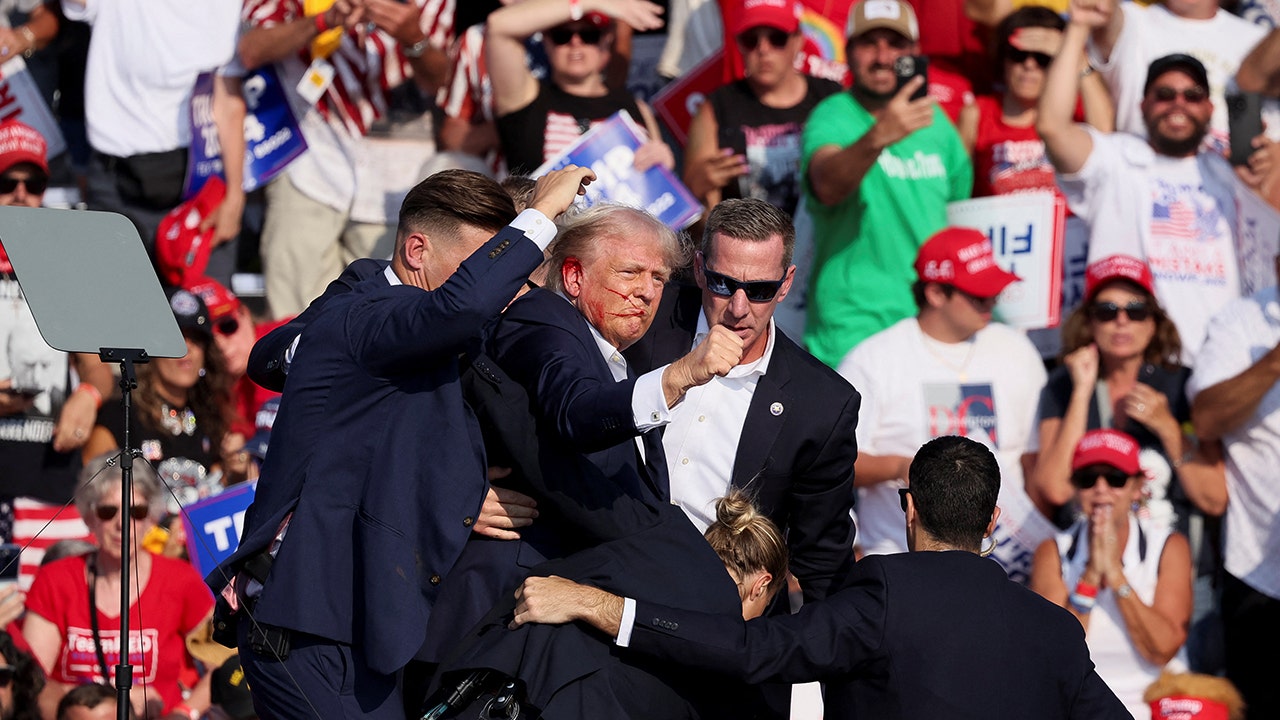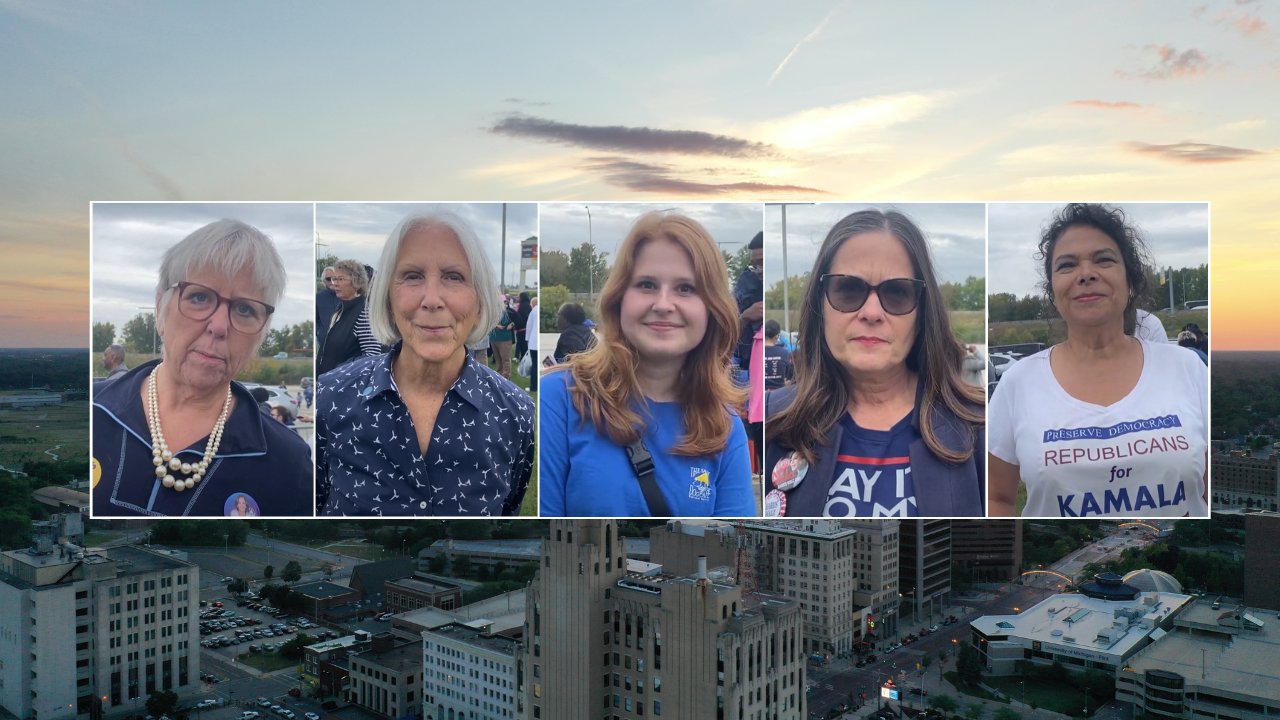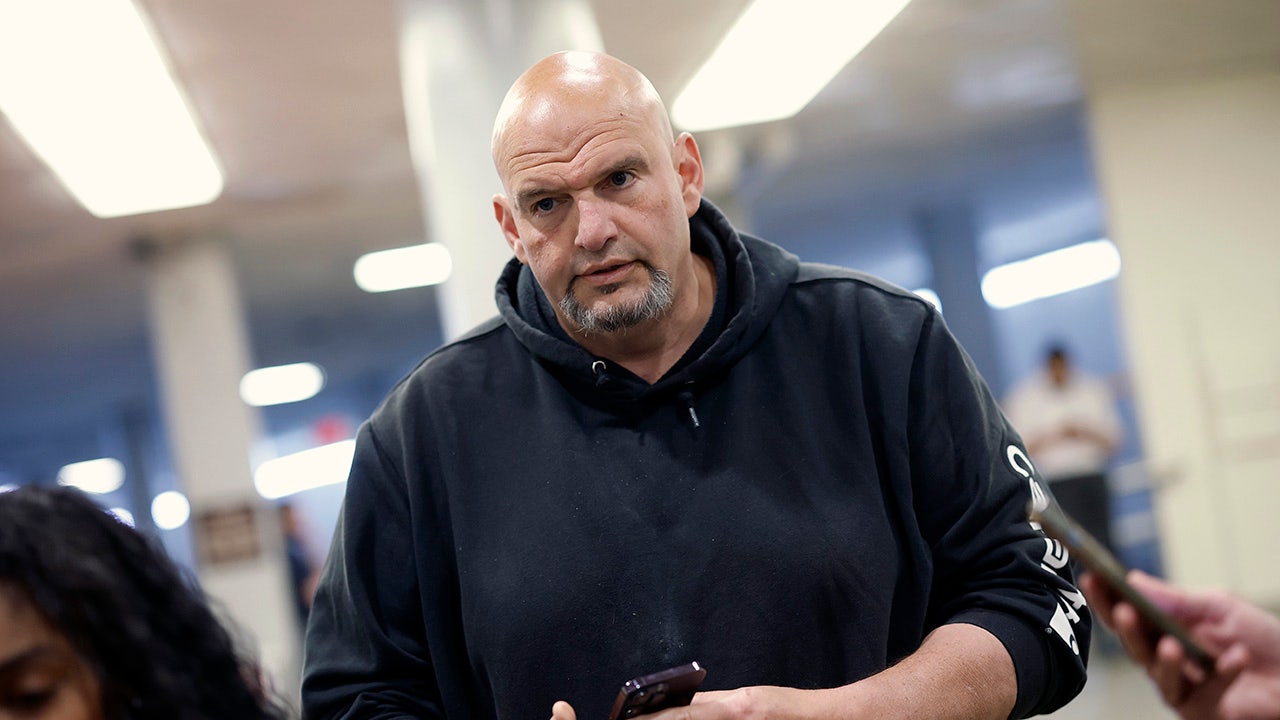The campaigns of Kamala Harris and Donald Trump made strategic adjustments to the content of their TV advertisements between August and September, a CNN analysis of ad tracking data shows, amid a contentious fight to define the transformed race for the White House.
Emphasis of key issues, including abortion, immigration and crime, shifted, with the Harris campaign moving away from defensive ads that stressed the vice president’s law enforcement background, and the Trump campaign leaning into economic appeals – the top issue for voters in this election.
The ad tracking firm AdImpact catalogs the issues that are referenced in broadcast TV campaign ads and tracks the amount of money behind those spots. Comparing changes over the past two months illustrates how each campaign is tailoring its message, and it shows the share of campaign resources spent highlighting various issues.
In August, Harris’ first full month as a candidate since taking over from Joe Biden at the top of the Democratic ticket, her campaign spent $24.5 million on ads that referenced crime – nearly half of the roughly $52.4 million spent on broadcast TV ads in total. According to AdImpact data, crime ranked as the top issue in Harris’ ads that month, as her campaign sought to blunt blistering GOP criticism of Harris’ past record as California attorney general and San Francisco district attorney.
In September, the Harris campaign’s spending on ads about crime plummeted to just $28,000, less than 1% of its monthly broadcast TV ad spending.
At the same time, the Harris campaign put more ad dollars toward discussing abortion, a key issue for many Democratic and independent voters since Roe v. Wade was overturned and severe restrictions on the procedure were enacted in mostly Republican-led states. In August, the Harris campaign spent $7.8 million on broadcast TV ads about abortion, about 15% of its total spending that month. In September, that total rose to $25 million, and the share doubled to 32%, ranking second among the issues referenced in Harris advertising.
Economic themes also dominated Harris campaign advertising throughout August and September. Taxation was among the top issues referenced in Harris campaign ads in both months, accounting for 37% of the spending in August and 40% in September.
While pro-Trump outside groups have maintained an emphasis on immigration and crime in scathing attack ads, the Trump campaign itself made significant changes to its messaging budget over the last two months, increasingly accentuating economic issues.
In August, the Trump campaign spent about $15.5 million on broadcast TV ads about immigration, or about 41% of its monthly broadcast TV outlays. In September, that total fell dramatically to just $10,500, less than 1% of the Trump campaign’s total broadcast TV spending. Crime, often referenced in association with immigration in stark attack ads from the Trump campaign, also fell from a 41% share in August to a share of less than 1% the following month.
Meanwhile, the campaign shifted even more ad dollars to messaging about the economy. In August, inflation was the top issue in Trump campaign ads, referenced in about 57% of its broadcast TV advertising; in September, that share jumped to 80%. Housing also rose as a share of campaign messaging, drawing 77% of its broadcast TV spending in September, up from 20% the previous month.
Advertising from the Harris and Trump campaigns accounts for only a portion of the total amount of political advertising targeting presidential race; super PACs and other outside groups are also pouring tens of millions of dollars onto the airwaves, and their ads display similar messaging strategies and include similar points of emphasis as those from the presidential campaigns.
While their messaging has evolved, the campaigns have developed a consistent set of targeted states for their ads. In the two-plus months since Harris entered the race, seven states have emerged as the top battlegrounds – and Democrats have outspent Republicans across all seven.
Including spending from the campaigns and allied outside groups on TV, digital and radio platforms, those seven states – Pennsylvania, Michigan, Georgia, Wisconsin, Arizona, North Carolina and Nevada – have accounted for nearly $930 million out of a total of more than $1.1 billion spent on presidential campaign ads between July 22, the day after Biden withdrew from the race, and the end of September.
Pennsylvania looms as the linchpin for each side’s path to 270 electoral votes, and the commonwealth is being flooded with advertising money – more than $250 million between July 22 and September 30. Democrats have outspent Republicans in the Keystone State by about $144 million to $105 million over that stretch, and both sides have spent more there than any other battleground state.
Michigan ranks second, with Democrats again outspending Republicans by about $115 million to $71 million. Democratic investments in Pennsylvania and Michigan far outpace their spending in any of the other battlegrounds, underscoring the importance of the “blue wall” states to the party’s electoral strategy.
Georgia ranks third, seeing about $132 million worth of advertising since Harris became the nominee. The ad wars in the Peach State have been closer, with Democrats narrowly outspending Republicans by about $66 million to $65 million.
Together, those three states – Pennsylvania, Michigan and Georgia – accounted for about $570 million in presidential ad spending between July 22 and September 30, almost half (49%) of all such spending in those two-plus months.
Wisconsin and Arizona are the two other states that have seen more than $100 million worth of combined ad spending since Harris became the nominee, and Democrats have outspent Republicans on advertising in both by at least $10 million. Democrats have also outspent Republicans in North Carolina and Nevada, rounding out the seven top battlegrounds.
Another target of an inordinate amount of ad spending has been deep-red Nebraska, with one electoral vote up for grabs in a state that splits some of its electoral votes by congressional district. Democrats have spent more than $8 million advertising there, while Republicans have made a minimal investment of a little more than $200,000.
Campaigns and outside groups routinely book advertising time far in advance, and both parties have reserved hundreds of millions of dollars’ worth of ad time through Election Day. Numbers will change as more money pours in and spending targets get updated, but entering October, Democrats were poised to enjoy a significant advantage on the airwaves.
Including ad buys covering October 1 through the election, Democrats have about $344 million worth of ad time booked, compared with about $225 million for Republicans. Across the seven battleground states, the margin is closer, but Democrats still have the edge, $269 million to $222 million (Democratic advertisers also have more than $50 million in national presidential reservations, contributing to their overall advantage).
That dynamic could change quickly, as a handful of extremely wealthy, influential megadonors – many of whom have already given tens of millions of dollars to the super PACs battling it out on both sides – face no limits on additional giving. And their willingness to plow millions more into the race could escalate the ad wars.
It’s all contributed to what AdImpact projects will be the most expensive election in US history, totaling $10.2 billion in political advertising expenditures up and down the ballot. According to the firm’s projections, that would represent a 13% increase of the previous record of $9.02 billion set during the 2020 campaign.
Read the full article here















